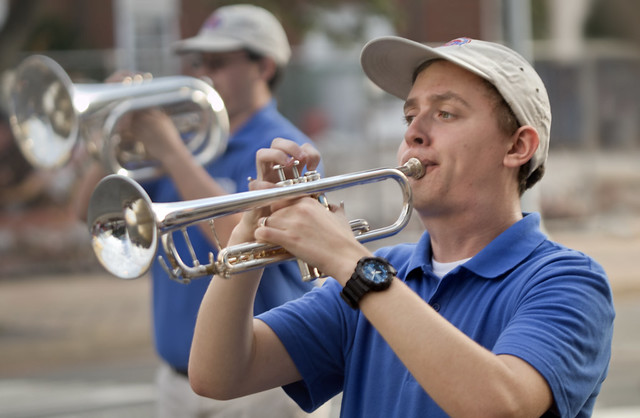KVH
DIS Veteran
- Joined
- Jan 18, 2016
So. Way back when terrible dinosaurs walked the earth, there was this thing called film. In those wild and wooly days, before the second coming (of Photoshop), you not only had the ability to manipulate the exposure in the camera (time, aperture, ASA, flash), but you had two more chances after the shutter fired. A fairly wide variety of chemical types, processes, temperatures, and times. Then you could pick from another wide variety of papers, chemicals, yet more exposure controls, filters, yadda, yadda, yadda. With hundreds of types of film, the combinations were endless.
Jeez, doesn't this start off like a typical disney-oriented "I miss the old days" post? Anyway. Short story long.
Common wisdom was you overexposed negative film (up to 2 stops) and underexposed positive (0.5-1 stop). My question (finally) is whether you just pay attention to what is the "correct" exposure in your digital work and try to correct everything in PP? Or do you go beyond and use compensation in most of your shots hoping to save time later?
NOTE: I do not include HDR in this. That mess is a whole 'nother thread.
Jeez, doesn't this start off like a typical disney-oriented "I miss the old days" post? Anyway. Short story long.
Common wisdom was you overexposed negative film (up to 2 stops) and underexposed positive (0.5-1 stop). My question (finally) is whether you just pay attention to what is the "correct" exposure in your digital work and try to correct everything in PP? Or do you go beyond and use compensation in most of your shots hoping to save time later?
NOTE: I do not include HDR in this. That mess is a whole 'nother thread.

 Untitled
Untitled